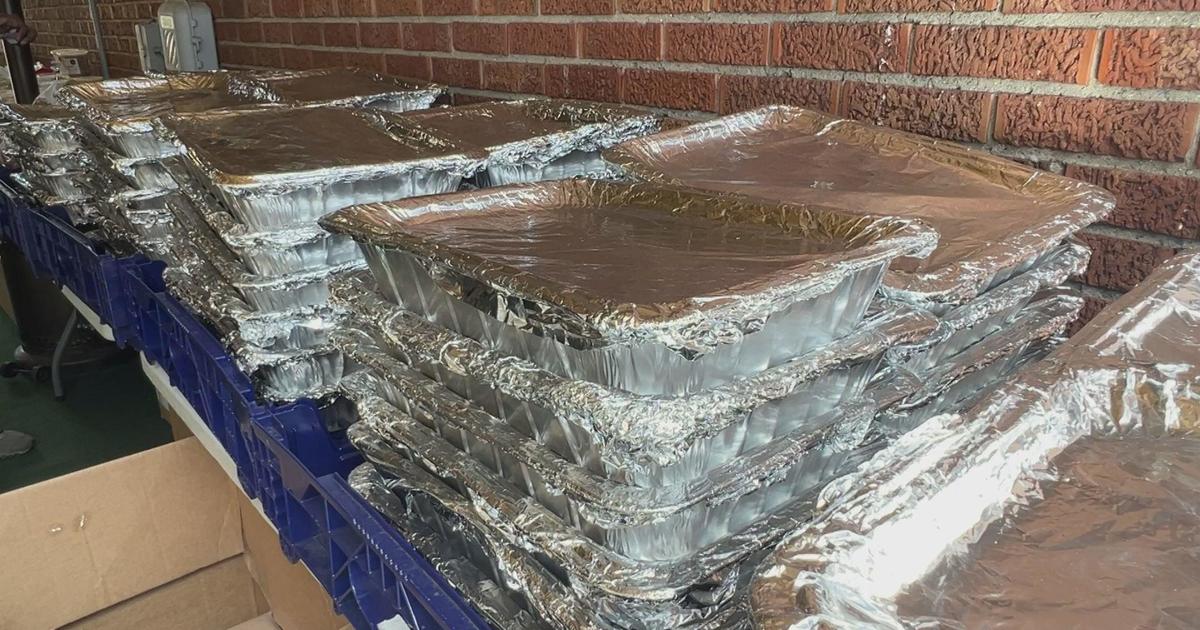Put The Freeze On Inefficiency
Benjamin Franklin said that a penny saved is a penny earned. Taking his concept further, any dollar you avoid spending is a dollar that can go in your profit column or that you can reinvest in your business. That's why it's important to minimize costs -- the quickest way to improve profits.
This article focuses on grocery stores, convenience stores and florists, but any business that relies on refrigeration and wants to become more energy efficient can benefit from the information provided. The key takeaway is to determine how much energy your business uses in the various applications and to look for opportunities to reduce energy usage and related costs as compared to your competition. You don't have to search all over the Internet for such data; we've conveniently provided pertinent information from the Business Energy Advisor (dteenergy.bizenergyadvisor.com) in this article to get you started.
Attention Grocery Stores, Convenience Stores, Florists
Energy costs account for about 15 percent of the operating budget for grocery stores, convenience stores and florists. Because profit margins are thin for these types of businesses, every dollar in energy savings is equivalent to increasing sales by approximately $59.
Drilling down further, the average grocery store uses an annual average of 52.5 kilowatt hours of electricity per square foot. Typically, refrigeration accounts for 57 percent of a grocery store's electric energy use and lighting accounts for 23 percent. As you can imagine, reducing even a small percentage of these costs can lead to significant savings.
Liberty Foods: A Fitting Example
Here's a real-world example of a business that did just that: Liberty Foods in Detroit. When owners Naji and Sami Bahoura took over the store, they wanted to give the residents in their area of Detroit a good grocery store, one where everything is fresh, attractively presented and the aisles and parking lot are brightly lit.
So, three years ago, the Bahoura brothers decided to remodel. In addition to meeting the aforementioned objectives, the remodeling also provided an opportunity to make Liberty Foods more energy efficient.
"One goal was to decrease energy costs. We replaced all the ceiling lights with the higher efficiency T5s," Naji Bahoura said. "In addition to making the store much brighter, we have significantly reduced our energy bill."
A portion of those savings were reinvested in improvements to reduce the store's refrigeration costs -- the largest single electrical expense for the store, which is typical of most grocery stores.
"We installed approximately 200 new, higher efficiency ECM motors in the coolers and a new computer system to control the refrigeration display units. In addition to being trouble-free, the combination of the new motors and the computer system is saving us about $1,000 a month in electricity costs," said Mr. Bahoura.
Liberty Foods is also in the process of installing cooler curtains, to ensure that the chilled air is retained in the cooler, rather than chilling customers walking down the aisle. Cooler curtains are not only energy efficient, they will further reduce the store's electric bill.
"DTE has been helping by telling us what needs to change so our store can be more energy efficient," Mr. Bahoura added. "We're seeing significant savings as a result of all the energy-efficiency measures we implemented. All the things we did and continue to do help us save money and energy while protecting the environment for future generations."
Don't Turn A Cold Shoulder To Improved Refrigeration
On average, optimizing your refrigeration systems can reduce your energy use by 24 percent. The following measures yield the largest savings and will help get you started on your energy-savings journey:
- Take advantage of lower ambient temperatures to reduce refrigerant temperatures.
- Reduce the temperature of the liquid refrigerant below its condensation temperature (also known as sub-cooling).
- Heat-recovery systems are available that capture waste heat from refrigerators to make hot water for use in the store.
- Aluminum display-case shields can reduce refrigeration load from the display case by 8 percent when applied overnight and by 40 percent when applied over a 24-hour holiday.
- Replacing shaded pole motors on evaporator fans with electrically commutated motors will reduce the energy consumption of refrigerator and freezer cases by 40 percent to 70 percent.
- The latest anti-sweat heater controls sense ambient air humidity in the store and reduce the operation of the heaters in low-humidity conditions.
- When installed in walk-in freezers, a smart defrost controller monitors several variables and optimizes the number of daily defrost cycles.
- Visit dteenergy.bizenergyadvisor.com for additional details and information about these and other energy-saving measures. In addition to grocers, there are energy saving tips for 18 other types of businesses like restaurants, retailers and congregational buildings.
This article was originally published in DTE Energy's magazine EnergySmarts.
For more tips and inspiration for small business owners,
visit CBS Small Business Pulse Detroit.



